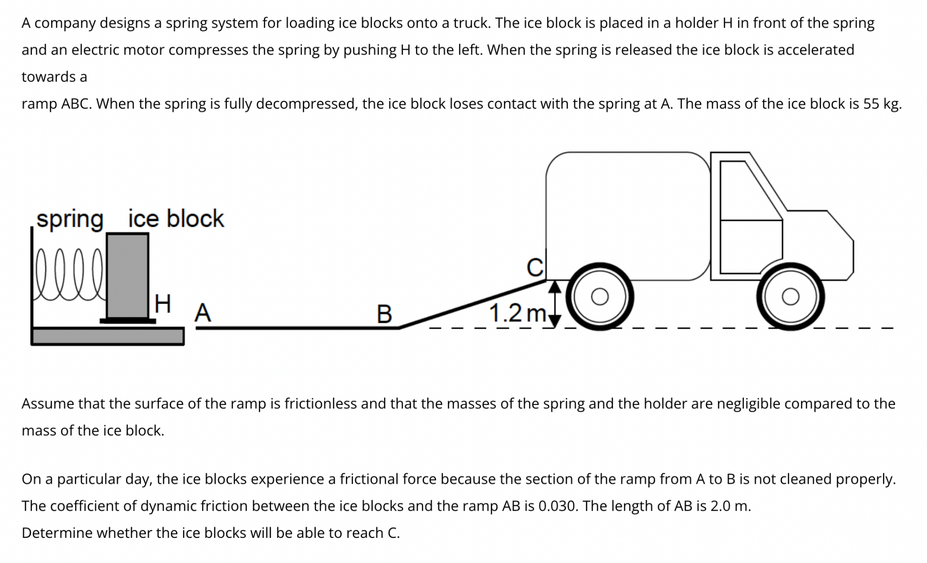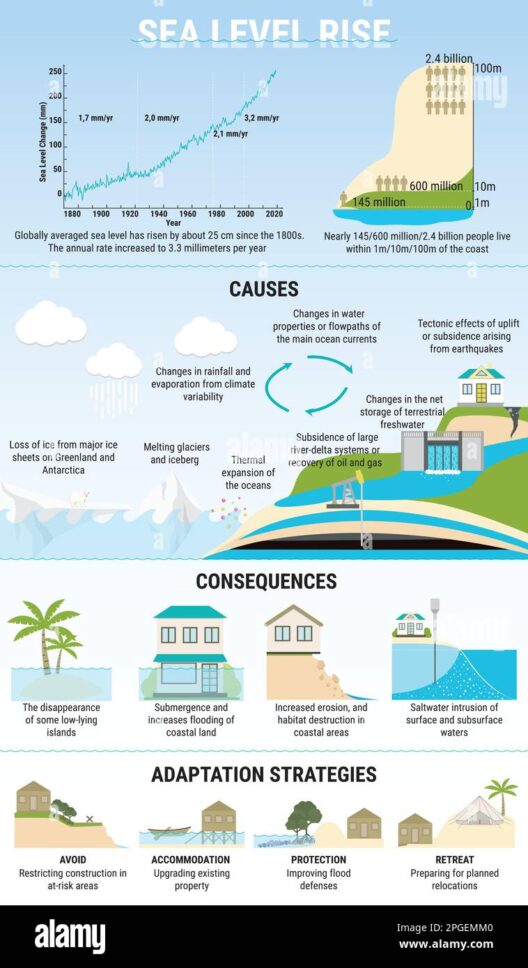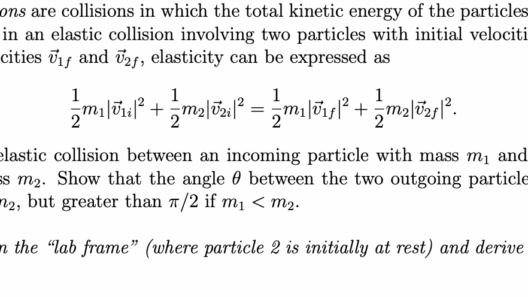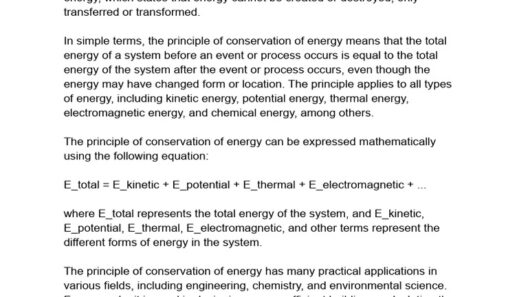Recycling, a fundamental practice in waste management, has garnered attention for its indispensable role in energy conservation. As society grapples with the existential threats posed by climate change, understanding how recycling contributes to energy savings becomes paramount. This article delves into the mechanisms through which recycling conserves energy, elucidating its significance in fostering sustainable development.
When materials are recycled rather than discarded, the energy expended in the production of new products is significantly reduced. The process of recycling involves the collection, processing, and transformation of waste materials into new products, necessitating much less energy compared to manufacturing from virgin materials. Such energy conservation is pivotal in mitigating greenhouse gas emissions and reducing the overall carbon footprint of consumerism.
The energy efficiency of recycling varies by material type, yet the overarching principle persists: recycling demands considerably less energy than raw material extraction and processing.
Aluminum, one of the most commonly recycled materials, epitomizes the energy-saving potential of recycling. Producing aluminum from recycled sources consumes only 5% of the energy required to produce it from bauxite ore. This dramatic decrease not only highlights the efficiency of recycling but underscores the tangible benefits of sustaining aluminum recycling programs.
Similarly, the recycling of paper and cardboard fosters considerable energy savings. The energy required to produce paper from recycled materials is approximately 60% less than that needed for virgin paper production. Such statistics illuminate the importance of recycling practices in preserving resources and diminishing the strain on energy consumption.
Glass recycling also presents significant energy advantages. By recycling glass, manufacturers reduce energy use by approximately 30%. The process of melting cullet, or recycled glass, requires less energy than melting raw materials, making it a remarkably efficient option for glass production. Additionally, since glass can be recycled indefinitely without loss of quality, its recycling offers a sustainable solution to energy consumption.
Overview of Energy Conservation through Recycling
To fully appreciate the impact of recycling on energy conservation, it is essential to consider the lifecycle of materials. The lifecycle assessment of materials indicates that producing new products from raw materials entails extensive energy use from extraction, transportation, and processing. In contrast, when materials are recycled, these stages are significantly reduced or, in some cases, eliminated altogether. Consequently, the recycling cycle operates more efficiently, thereby conserving energy.
Every stage of the recycling process demonstrates the opportunity for energy saving. Collecting recyclable materials generally requires fewer resources than extracting and transporting raw materials, especially when considering the energy expenditure associated with mining and logging operations. Processing facilities for recycled materials often utilize advanced technologies that enhance energy efficiency, compressing processes and reducing waste generation.
The Environmental and Economic Benefits of Energy Conservation
By conserving energy through recycling, we not only mitigate the environmental impact of waste but also support economic viability. The energy saved through recycling translates directly into cost reductions for manufacturers, subsequently impacting pricing, job creation, and innovation in the materials industry. As energy conservation becomes more critical in today’s economy, businesses engaged in recycling can enhance their positioning within competitive markets. Furthermore, engaged consumers can also take an active role in encouraging manufacturers to adopt more sustainable practices.
The Role of Consumer Participation in Recycling
Consumer participation is a lynchpin in the efficacy of recycling programs. By actively engaging in recycling initiatives and making informed choices about waste disposal, individuals contribute to substantial energy savings. Communities can implement educational programs to inform residents about the benefits of recycling and promote local recycling programs. This collective action instills a sense of responsibility among consumers and amplifies the impact of recycling efforts.
A significant concern for consumers is the perceived complexity of recycling programs. However, when communities streamline recycling guidelines and provide convenient access to recycling facilities, participation tends to increase. Awareness campaigns can effectively mitigate confusion and emphasize the importance of recycling in energy conservation.
In essence, educating consumers about the environmental and economic benefits of recycling will bolster involvement and highlight the collective stakes at hand in preserving energy resources.
The Future of Energy Conservation through Recycling
The advent of innovative technologies continues to enhance the recycling processes, further optimizing energy conservation. Emerging solutions such as advanced sorting systems, new recycling techniques, and greater collaboration between industries can expand recycling’s efficiency. These advancements present opportunities to increase recycling rates, keep materials in circulation for more extended periods, and minimize energy consumption across sectors.
In conclusion, recycling plays a pivotal role in conserving energy and reducing overall energy consumption. By selecting recyclable materials over raw resources, society can drastically lower energy expenditure, thereby benefiting both the environment and the economy. Consumer involvement and cohesive community efforts are essential to ensure effective recycling practices. As the world faces imminent environmental challenges, embracing recycling as an energy conservation strategy is not only prudent but necessary for sustainable living. The choices made collectively today will determine the energy landscapes of tomorrow.








